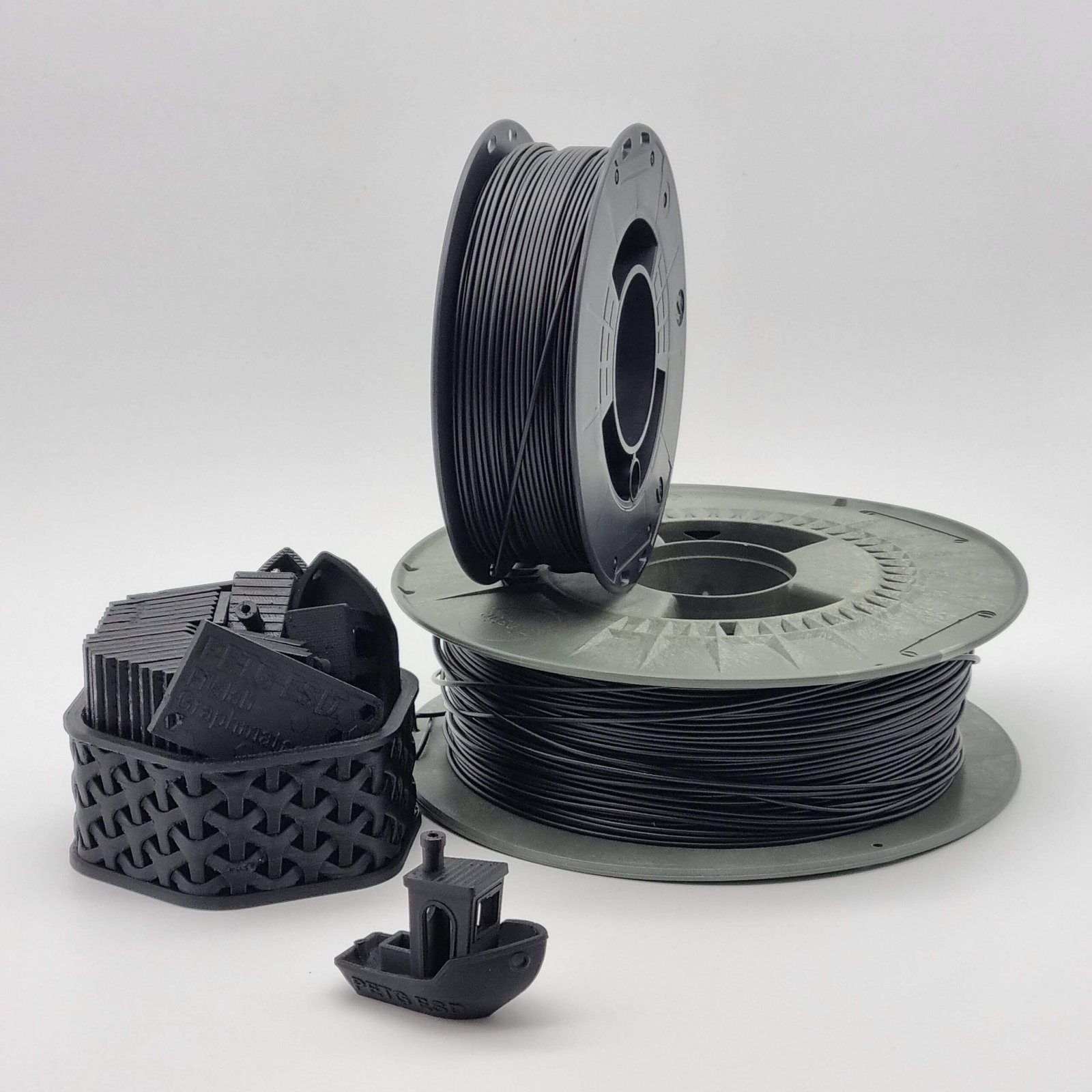Introduction
PETG (Polyethylene Terephthalate Glycol) filament is a favorite among 3D printing enthusiasts for its outstanding combination of strength, flexibility, and chemical resistance. It’s more forgiving than ABS and offers more durability than PLA, making it ideal for both functional parts and visual models. However, many users believe that a heated enclosure is a must for quality PETG prints. The good news? With the right approach, you can achieve great results with PETG even if you don’t have a heated enclosure. This article will walk you through the essential techniques, settings, and practical tips to ensure smooth and successful PETG prints in an open-air environment.
Understanding PETG’s Printing Requirements
Before diving into open-air printing, it’s important to understand what PETG needs to perform well. PETG typically prints at a nozzle temperature of 230–250°C and a bed temperature of 70–90°C. While a heated enclosure can help regulate ambient conditions, it’s not a strict necessity. What PETG truly needs is a stable environment—one free of sharp temperature fluctuations and drafts. Open-air printing can expose prints to inconsistent conditions, but these can be managed with the right strategies.
Challenges of Printing PETG Without a Heated Enclosure
Printing PETG without an enclosure does introduce a few unique challenges:
- Warping and Poor Layer Adhesion: Sudden temperature drops can cause edges or corners to lift from the bed, leading to warping.
- Inconsistent Surfaces: Exposure to cool air or drafts can impact the overall finish and uniformity of your print.
- Environmental Fluctuations: Drafts, fans, or air conditioning can negatively impact print quality by cooling certain areas too quickly.
Recognizing these hurdles is the first step to overcoming them. The following tips and settings will help you print PETG confidently, even in an open space.
Preparation Before Printing
A successful print always starts with proper preparation. Here’s how to get ready:
- Choose High-Quality PETG Filament: Not all PETG filaments are equal. Choose a reputable brand, ideally one that’s been stored in a dry environment.
- Store Filament Correctly: PETG is hygroscopic, meaning it absorbs moisture from the air. Wet filament can lead to bubbles and weak prints. Always store your filament in an airtight container with desiccant when not in use.
- Clean and Level the Print Bed: PETG sticks best to a spotless surface. Use isopropyl alcohol to wipe down your print bed, and re-level the bed before each print.
Optimizing Printer Settings
Fine-tuning your printer settings is crucial for PETG, especially without a heated enclosure.
- Nozzle Temperature: Stick to the manufacturer’s recommended range (usually 230–250°C). If you notice stringing, try lowering the temperature by 5°C increments.
- Bed Temperature: 70–90°C works well. Go for the higher end if you struggle with adhesion or warping.
- Print Speed: Slower speeds (30–50mm/s) help PETG adhere better and reduce warping.
- Retraction Settings: PETG tends to ooze. Start with a retraction distance of 2–4mm and a retraction speed of 30–40mm/s, then adjust based on your results.
- Cooling: Moderate part cooling is usually best—try running the cooling fan at 30–50%. Too much cooling can cause weak layer bonding and warping, so find a balanced setting.
Practical Tips for Open-Air PETG Printing
- Minimize Drafts: Place your printer in a spot shielded from windows, fans, and AC vents. Even small drafts can cause temperature swings.
- Use Makeshift Barriers: Simple solutions like cardboard, foam boards, or plastic panels around the printer can block drafts and create a more stable environment.
- Stable Room Temperature: Print in a room with minimal temperature fluctuations, especially during colder months.
- First Layer Matters: PETG loves to stick, sometimes too much! Use a glue stick or apply a thin layer of hairspray if your prints are difficult to remove.
- Avoid Over-Handling: Don’t touch the print surface right before printing—oils from your skin can hurt adhesion.
Troubleshooting Common Problems
Stringing and Oozing: PETG is notorious for this, especially in open environments. If you see excessive strings, increase retraction slightly or lower the nozzle temperature. Also, check for moisture in your filament.
First Layer Adhesion: If your first layer isn’t sticking, increase bed temperature or slow down the first layer speed. Make sure the bed is perfectly level.
Warping: If warping is a recurring problem, try using a brim or raft to increase bed adhesion, or add temporary barriers around your printer for warmth.
Real-World Success Stories
Many makers successfully print PETG without enclosures every day. For example, users on the FILA LAB community forum share their open-air PETG prints with crisp layers and minimal warping, simply by following careful prep and environmental management. Others share tips about printing on glass beds with a light glue stick coating for flawless results.
Final Thoughts and Recommendations
Printing PETG without a heated enclosure is absolutely achievable with the right knowledge and preparation. Focus on minimizing drafts, optimizing your print settings, and ensuring your filament and print bed are well-prepared. If you ever face persistent issues, consider temporary barriers or gradual upgrades, but rest assured that great PETG prints are within reach—no enclosure required! Experiment, take notes, and don’t hesitate to share your results with the growing community at filalab.shop.

